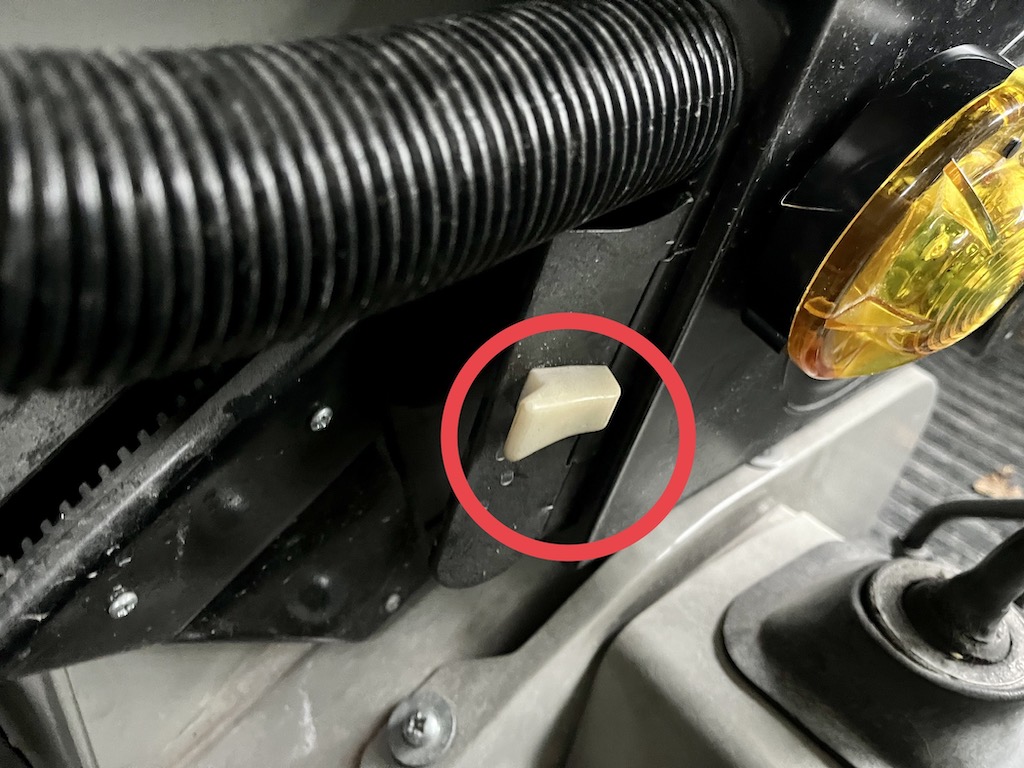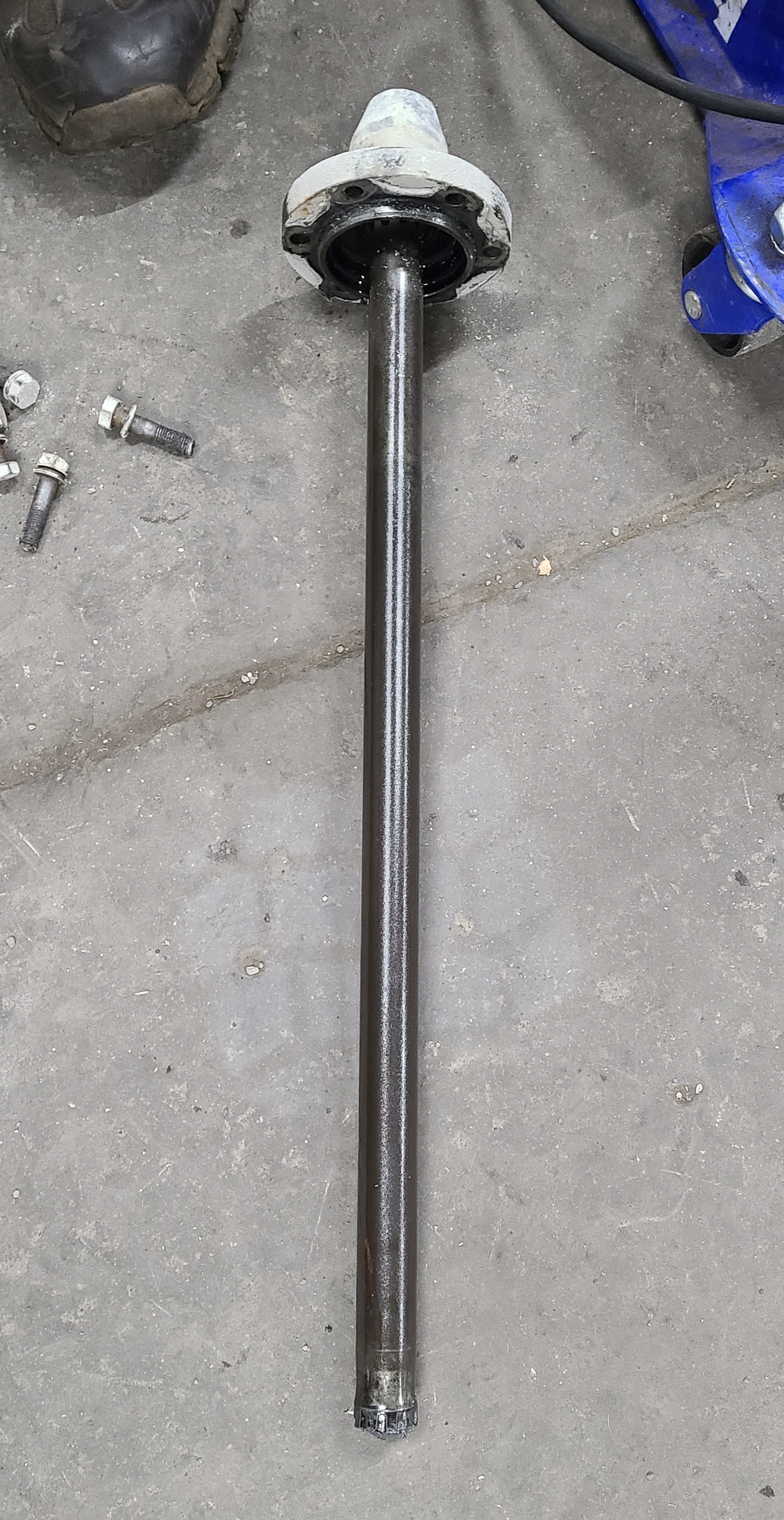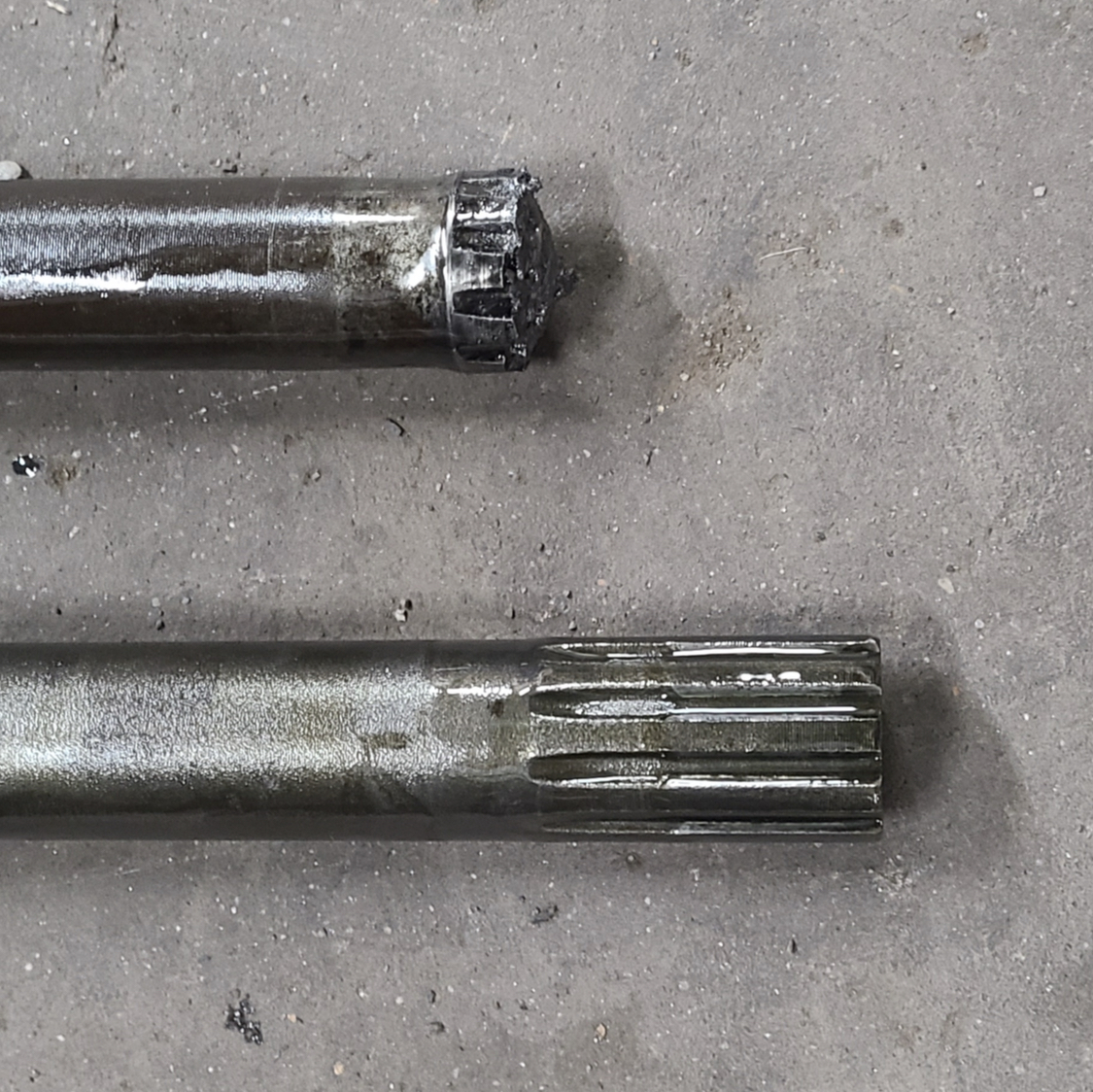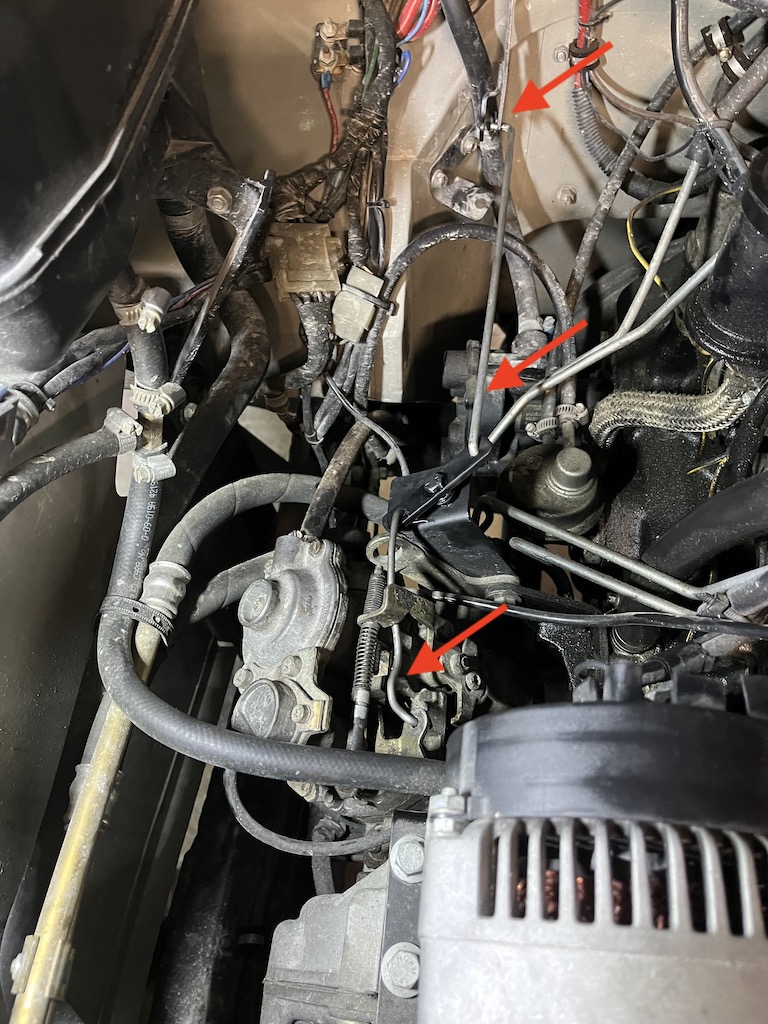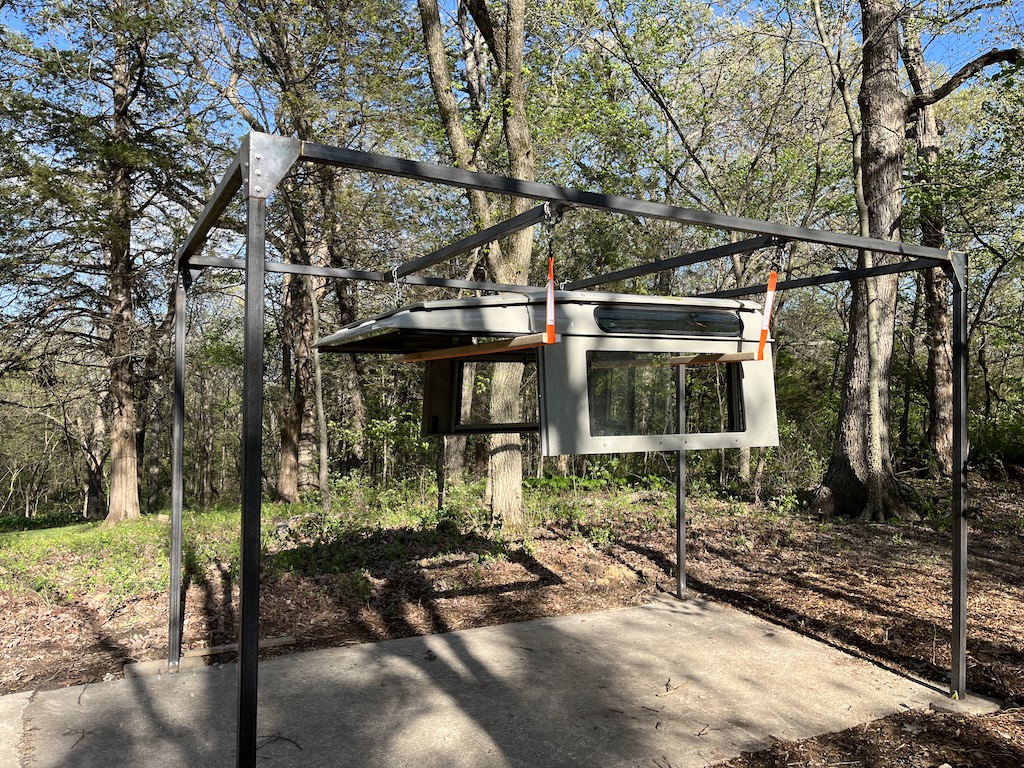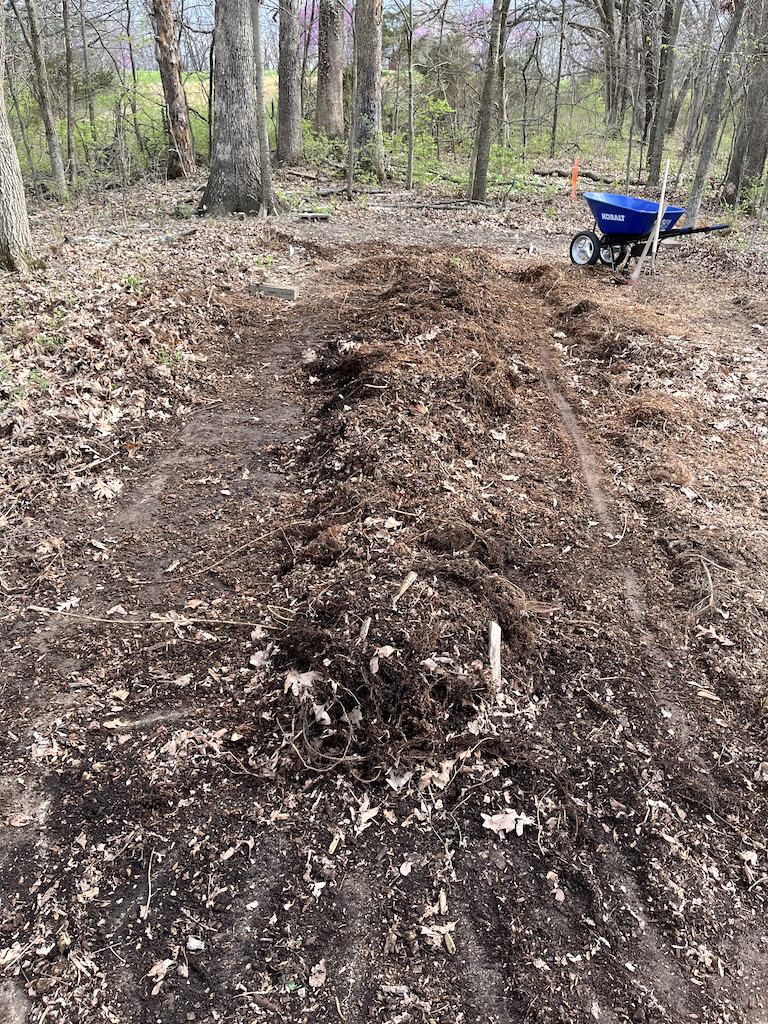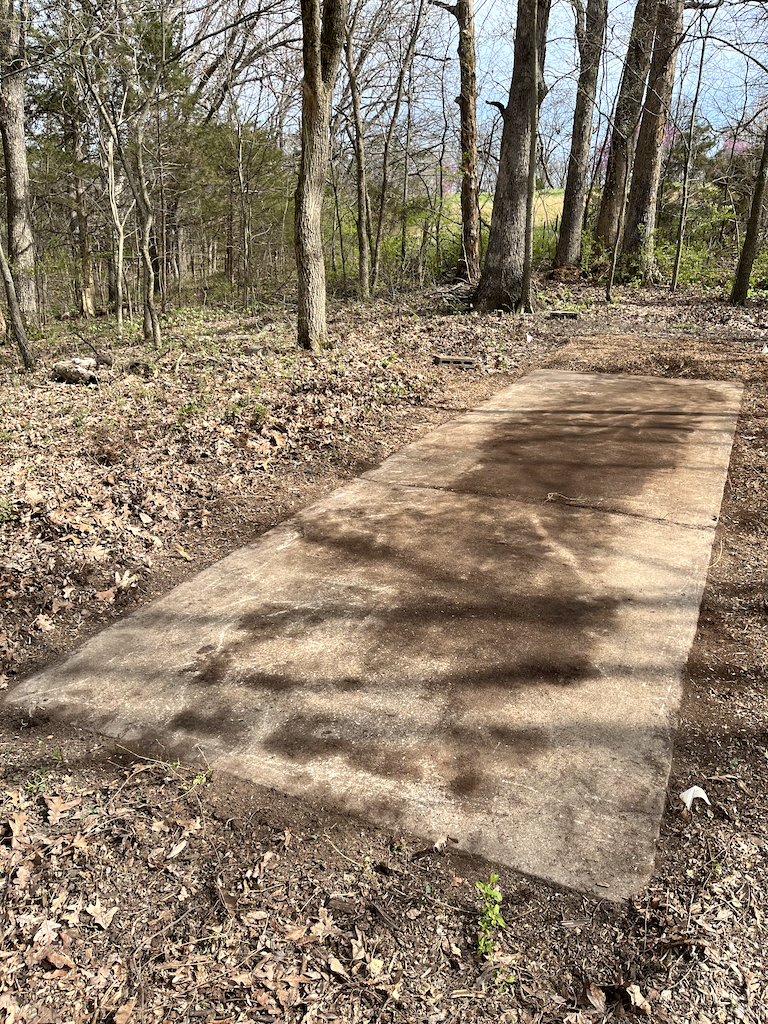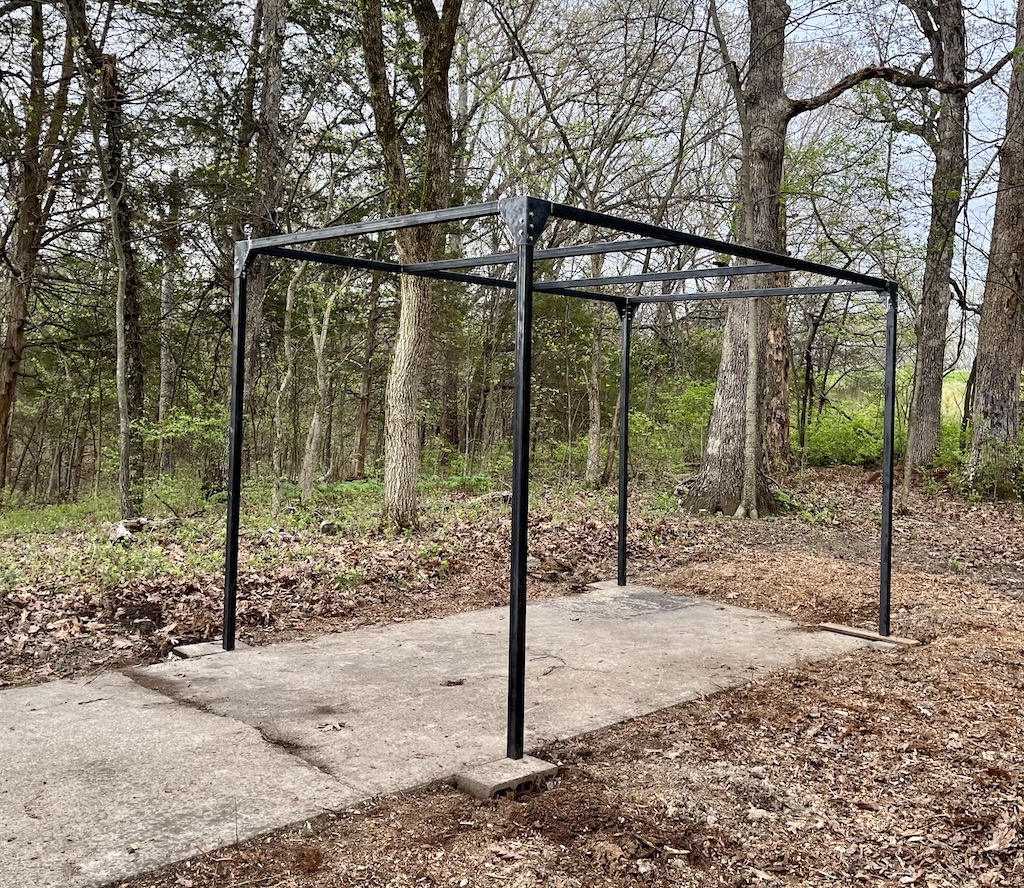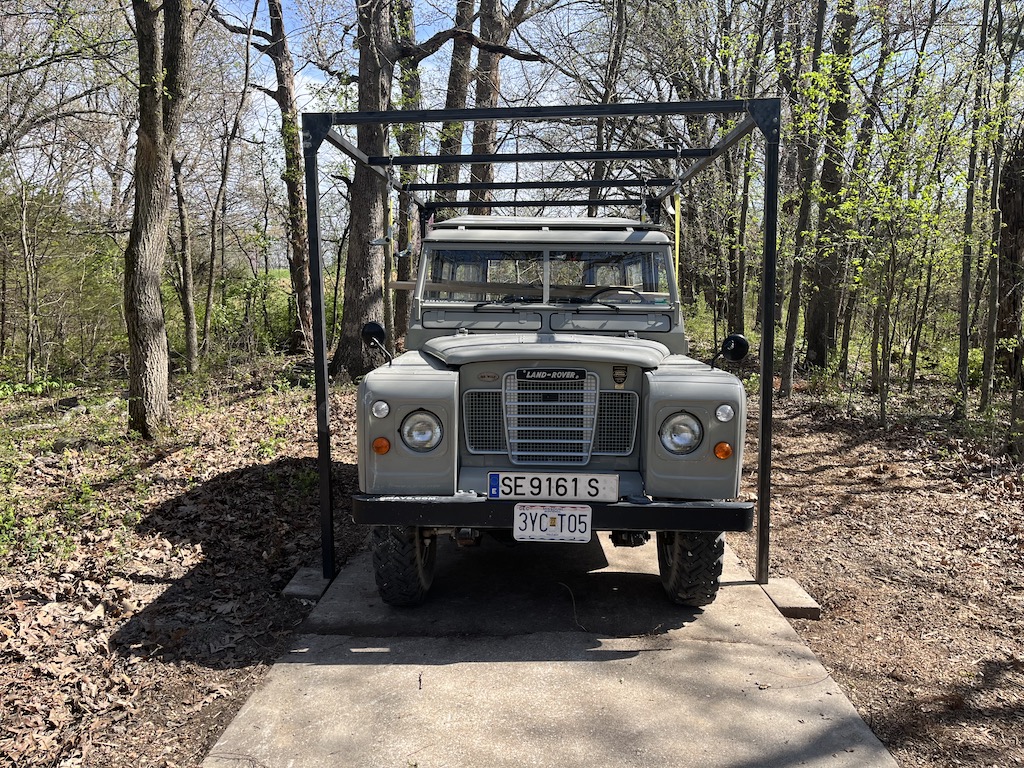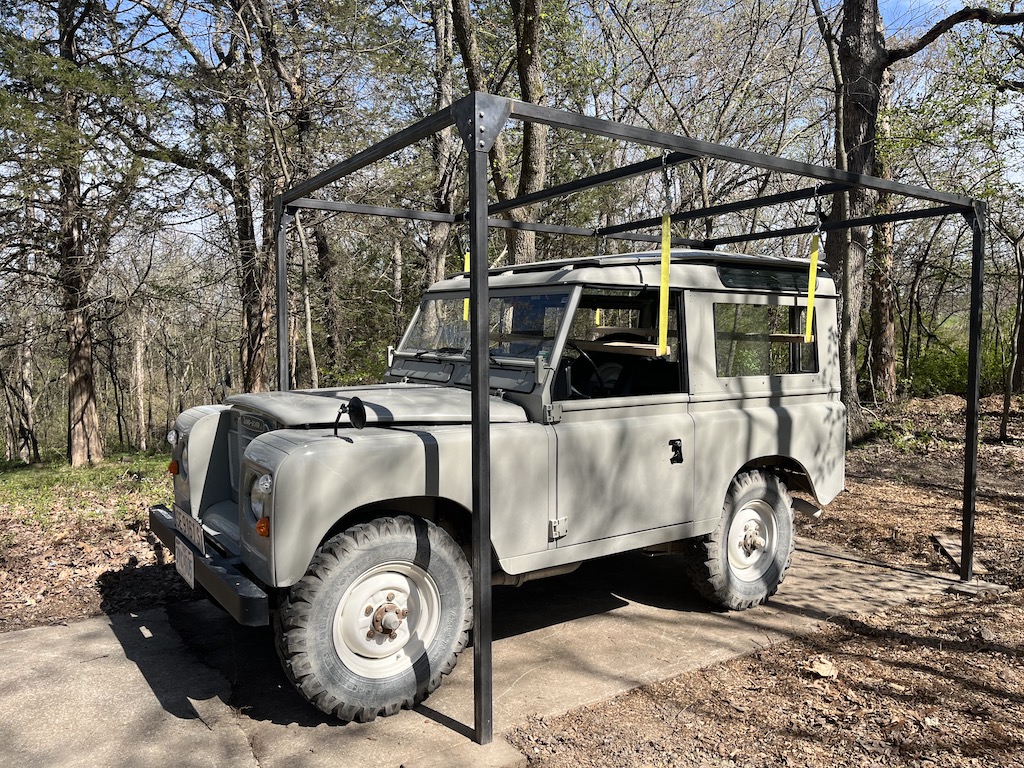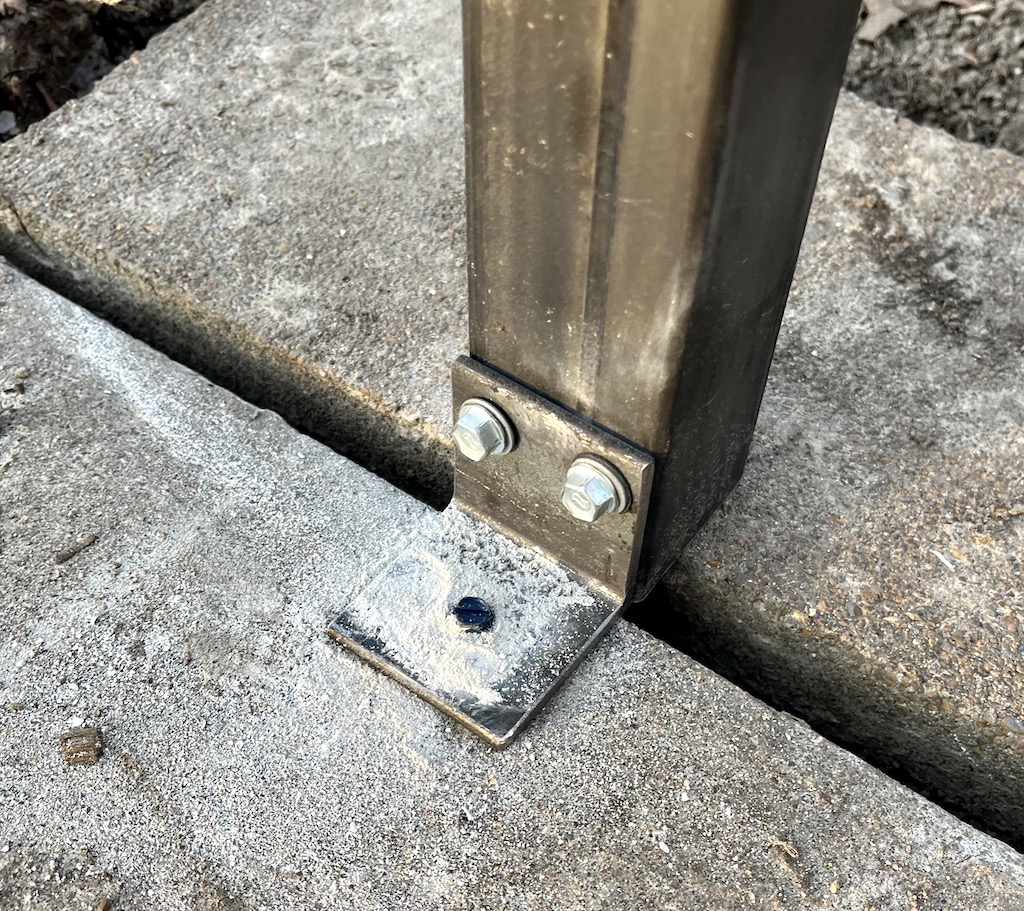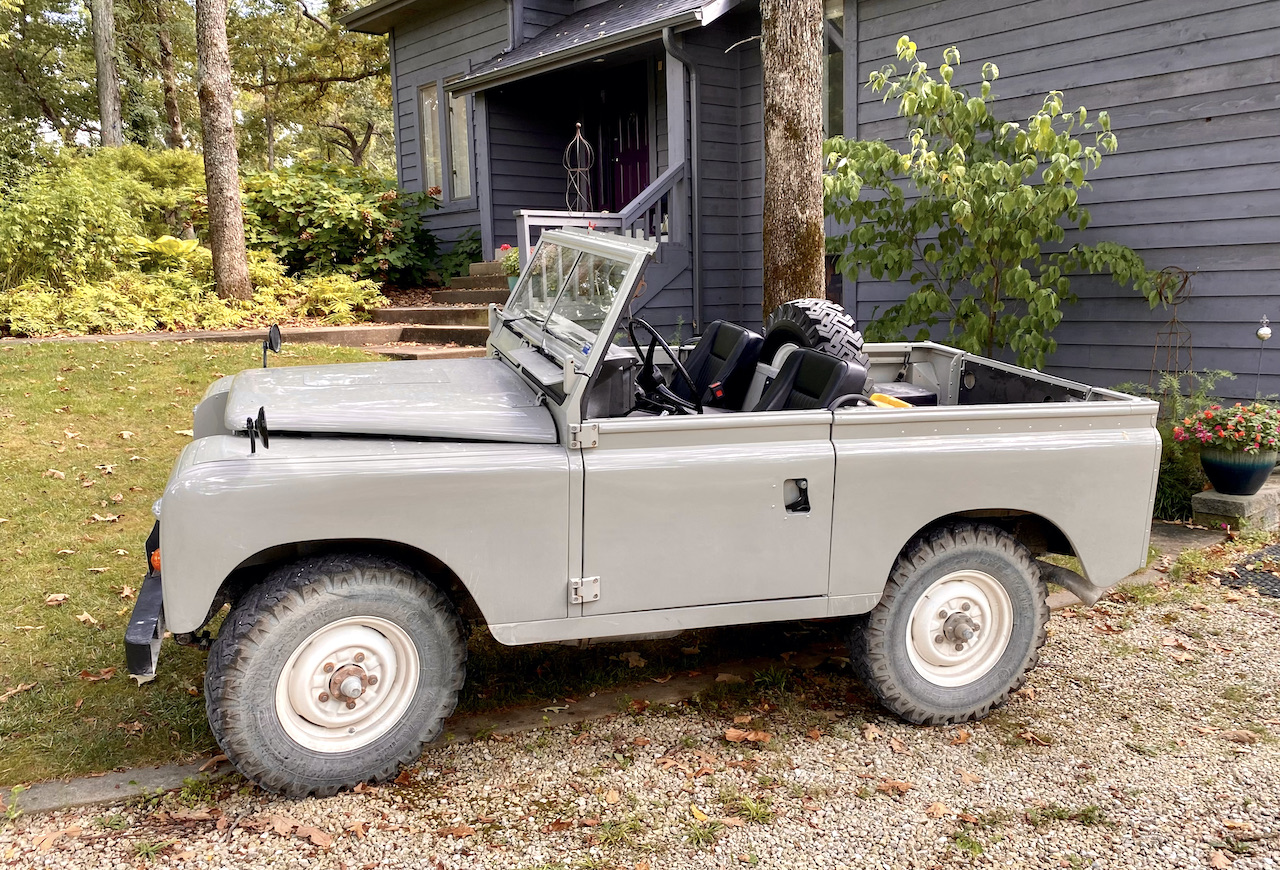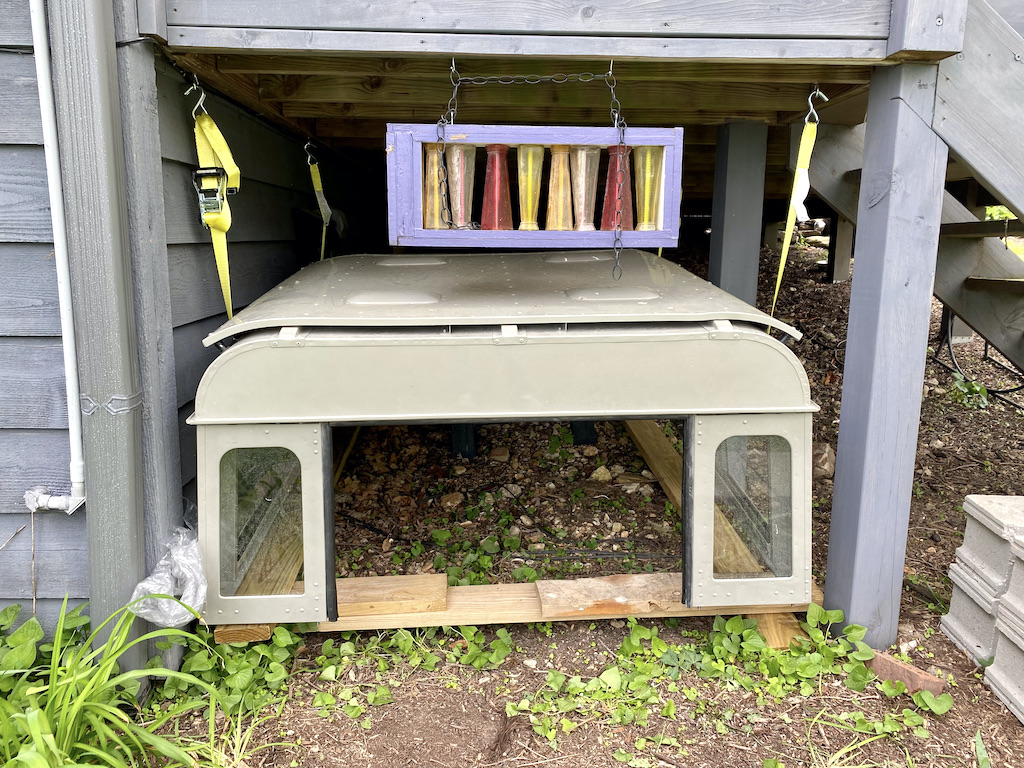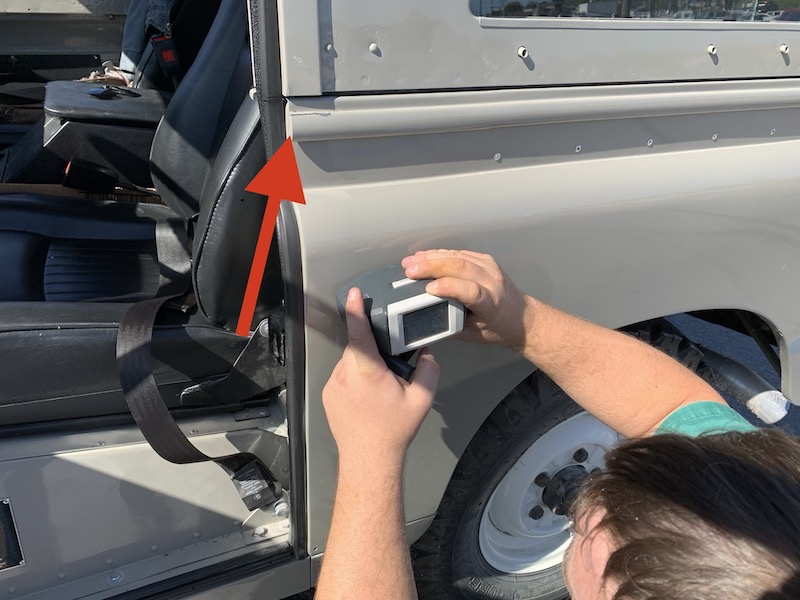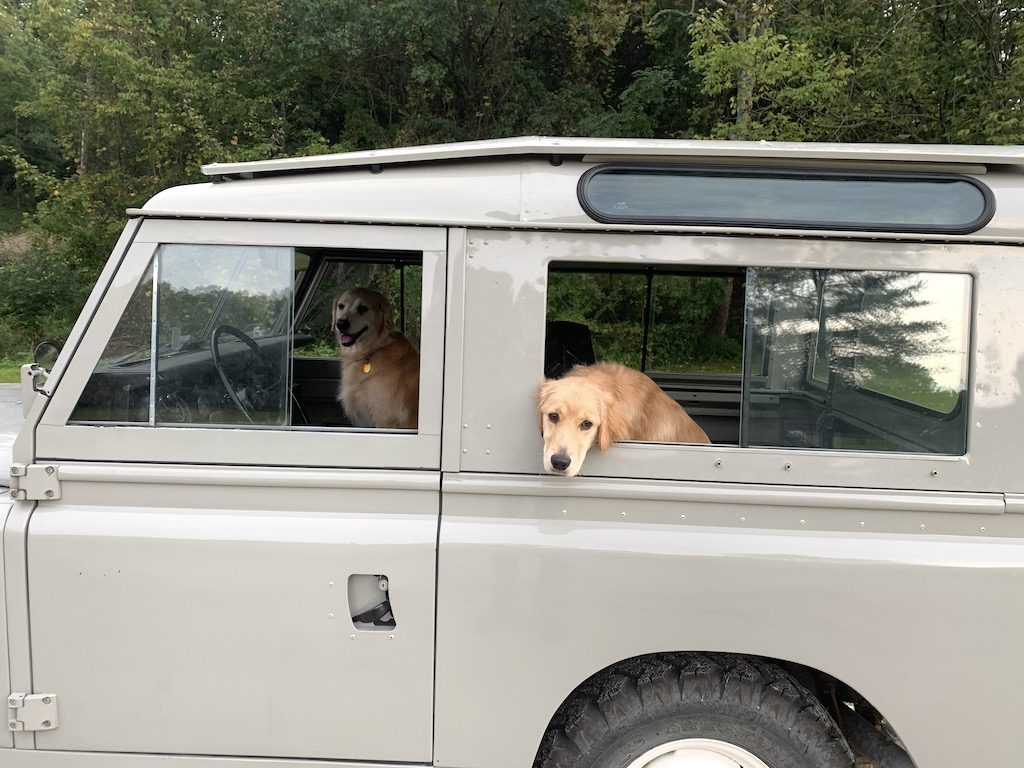“To know how a car works and how to repair it is to liberate oneself from an endless cycle of consumption.”
I know almost nothing about “how a car works and how to repair it” and it’s a little late in the game to hop off the “endless cycle of consumption,” but this article by Andrew Messick nicely sums up the appeal of my old vehicles. A few excerpts:
It was a good car, but it operated in a bland, even mundane, way. It performed every action I asked of it without complaint, without grumbling, without emotion, without any sort of personality. It was smart enough to tell me all of its ailments. A flashing exclamation point would show me a low tire. A phone notification would tell me my doors were unlocked. A gentle blue light would show it wasn’t quite warm enough to turn the heat on. But if I so much as put a wrench to the car, it would fall to pieces, and there would be nothing I could do to fix it due to its sheer complexity.
This thing—this slow, lumbering piece of antiquity, this archaic hindrance to staying within the speed limit—has brought me more satisfaction than any flashy new car possibly could. There is an indescribable joy I experience when I pull the choke, press the starter button, and give a slight tap on the gas.
The new car, which was Disposable, was just a machine. Granted, it was a reliable, thoroughly trustworthy machine, but one lacking all soul, all sense of uniqueness. So mundane it blended into the parking lot, it had perfected the art of invisibility through being completely identical to everything around it.
But to own a car that requires only basic maintenance, something that one can do by themselves, to utilize that local corner mechanic, who may even be a staple of your community, to know your belongings beyond simply turning them on and using them, is to liberate oneself from the endless cycle of consumption.
It leaks when it rains. The “new car smell” passed from it decades ago. The factory optional heater—a drum of roughly coffee-can proportions with two small gates that either defogs your windshield or blows out a weak breath of lukewarm air onto your legs—achieves warmth that is only slightly better than freezing. Yet I would rather feel a waft of lukewarm air on my skin than pay a monthly subscription for seat heaters.

